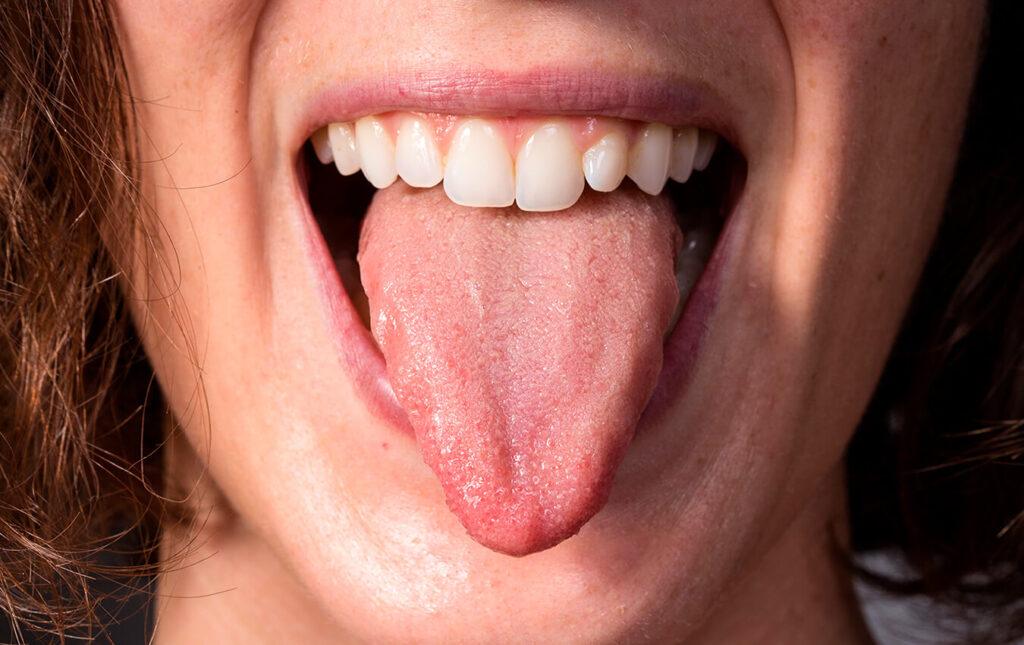
Thrush is a yeast infection that occurs in the mouth caused by the Candida fungus. While it can affect anyone, it is more prevalent in babies and older adults. While Candida fungus is usually present in the mouth, skin and digestive tract of healthy people, it is usually controlled by other healthy bacteria in the body. Stress, illness and certain medications can upset the balance between the controlling good bacteria and the Candida fungus. When that happens, the Candida fungus can take over and grow uncontrollably.
Corticosteroids, antibiotics and birth control pills can cause the overgrowth of Candida. The hormonal changes caused by pregnancy also can trigger a Thrush occurrence, as can HIV infection, uncontrolled diabetes and cancer. Interestingly, people who wear ill-fitting dentures are at risk for thrush, as well.
While Thrush may become chronic, it usually develops suddenly. Thrush symptoms include raised lesions in the mouth on tongue and inner cheeks, mouth, gums, tonsils or back of the throat. They may be painful or even bleed when scraped. When untreated or severe they can be painful and cause problems swallowing, fever or a feeling that there is a swollen throat.
Thrush usually can be easily treated with antifungal medications, available in tablet, lozenge and liquid form. The patient usually takes the medication for 10 to 14 days. In situations where there are other symptoms or medical conditions that dictate, your dentist will determine if other treatment is necessary and will advise you if you should seek medical attention.
Tips to prevent Thrush:
- Good oral hygiene – brushing at least twice a day and flossing at least once.
- Regular dental check-ups, especially if you wear dentures or have diabetes.
- Avoid using mouthwashes or sprays since they can damage the normal balance of good bacteria in your mouth.
- Eat a limited diet of yeast-based and sugary foods, such as beer, wine and bread; these foods can encourage the growth of the Candida fungus.
- Quit smoking.

